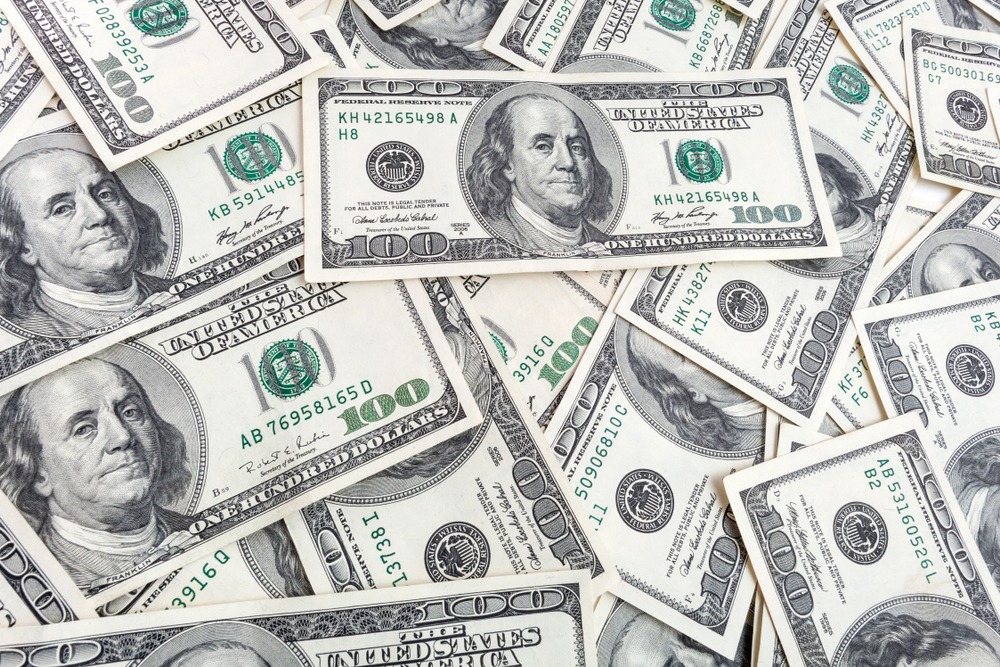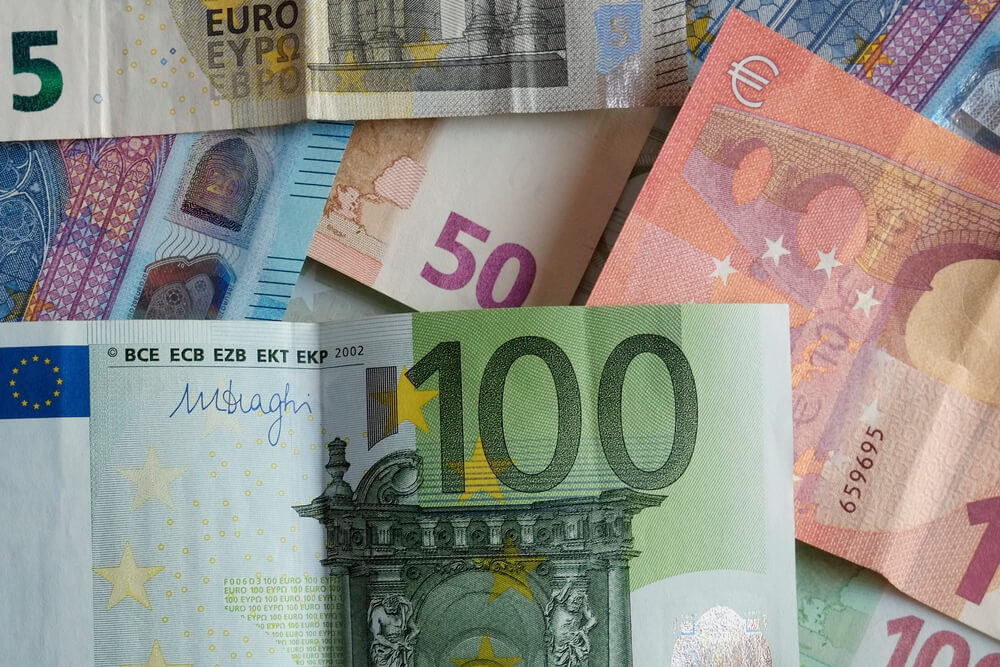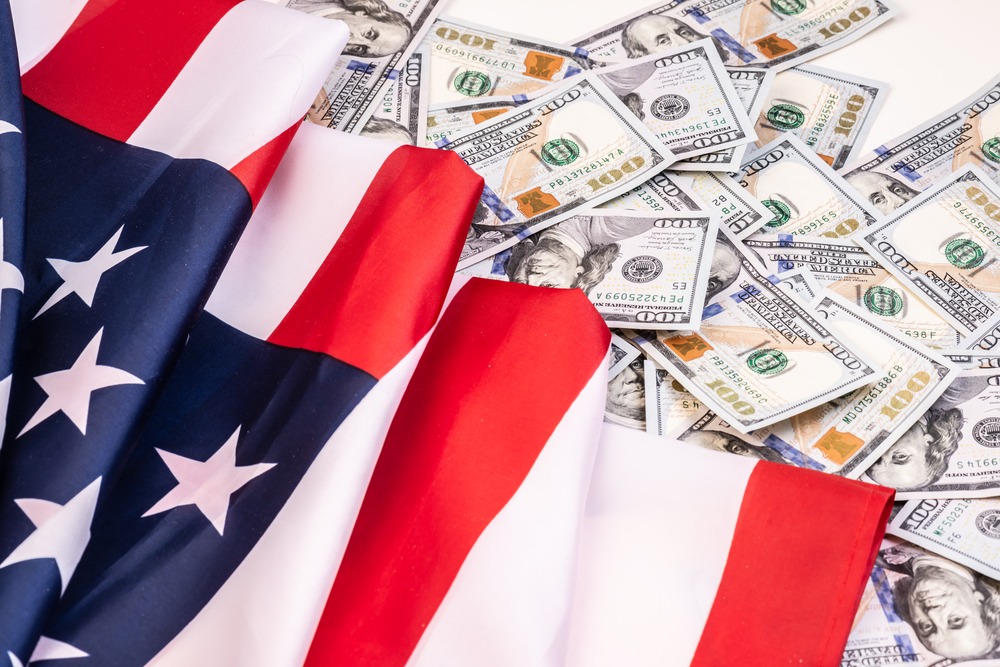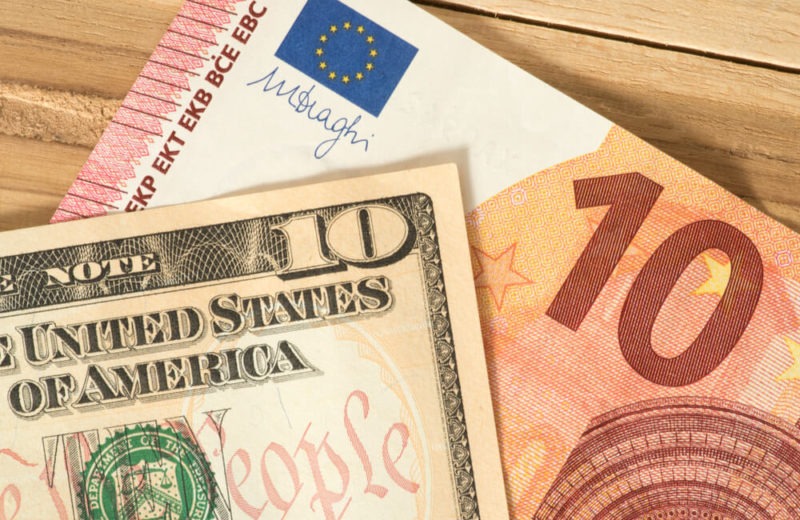The dollar edged higher in early European forex trading on Tuesday. It’s still, however, near multi-week lows ahead of the start of the Federal Reserve’s two-day policy decision meeting.
The Dollar Index was 0.2% higher at 90.918 at 2:55 AM ET (0755 GMT). It previously dipped to the lowest since March 3 overnight at 90.679.
The EUR/USD pair traded down 0.1% at 1.2071, but stayed close to the two-month high of 1.2117 reached on Monday.
The GBP/USD was largely unchanged at 1.3891, while the risk-sensitive AUD/USD dropped 0.1% to 0.7793 after a 0.7% rally overnight.
Continuing its rise from Friday’s seven-week low of 107.48, the USD/JPY added 0.1% to 108.20. This followed the Bank of Japan’s holding of its policy steady and took a more positive view on growth while cutting inflation forecasts.
Focus is now on the Federal Reserve’s two-day policy-setting meeting, which concludes on Wednesday. However, no changes to monetary policy is widely expected from this meeting.
The market is paying close attention to comments from Fed Chairman Jerome Powell. He will likely face questions over whether improving conditions warrant a withdrawal of monetary easing.
Covid Situation in India Weighs on the Dollar
The Covid situation in India is causing anxiety, and this is weighing on the dollar.
Analysts at ING, in a note said that supporting this narrative should be this week’s combination of US events. This is in the form of a strong 1Q21 US GDP on Thursday.
Moreover, Wednesday’s FOMC showing the Fed continuing to let the economy run hot and only remaining in accommodation. That is once the recovery has delivered, said ING analysts in the note.
June looks like it is a much more significant FOMC meeting. There will have been a number of months of likely strong economic data for the central bank to digest.
The seven weeks between the April and June FOMC meetings is a long time to be sitting on the sidelines in defensive dollar positions when more attractive alternatives are available elsewhere,” ING added.
However, since late March, the dollar has fallen nearly 3%, as U.S. Treasury yields traded in narrow ranges. This was after retreating from a 14-month high of 1.776%, in the benchmark 10-year yield, cutting the greenback’s appeal.














